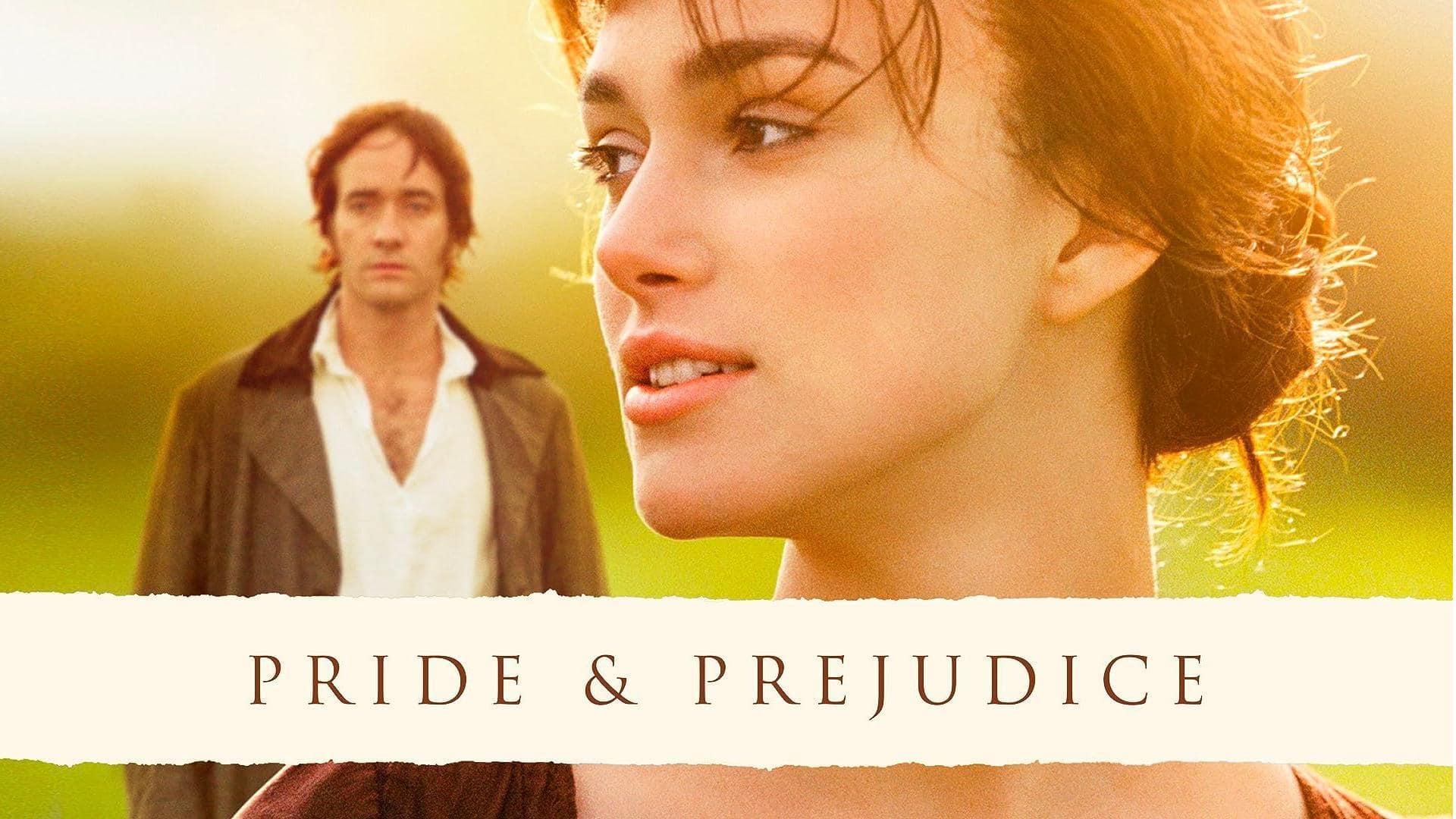
18yrs of 'Pride & Prejudice': Why 2005 adaptation's still loved
What's the story
Over the years, Jane Austen's beloved novel Pride & Prejudice has seen numerous screen adaptations, but perhaps none as cherished as the 2005 film directed by Joe Wright. Thanks to a completely different aesthetic than previous adaptations—including the 1995 Colin Firth and Jennifer Ehle starrer miniseries—this adaptation attracted a new generation of fans. On its 18th anniversary, we gather what makes it so adored.
Plot
But first, let's revisit 'Pride & Prejudice' storyline
It follows the spirited Elizabeth Bennet, daughter of a country gentleman. The Bennets face an uncertain future without a male heir to inherit their estate. Enter Mr. Bingley, a wealthy bachelor, and his friend, the infamous Mr. Darcy. As Jane—the eldest Bennet daughter—falls in love with Mr. Bingley, Elizabeth's encounters with the haughty Mr. Darcy set the stage for a complex dance of emotions.
Cast
Perfect casting of Elizabeth and Mr. Darcy
Austen's characters are known for their natural imperfections, which can be challenging to portray authentically on screen. However, Keira Knightley's portrayal of Elizabeth and Matthew Macfadyen's depiction of Mr. Darcy accomplished this feat incredibly. As the witty and charming Elizabeth engages with the brooding Mr. Darcy, a kind of magic is woven on screens, a magic that even the most potent spells cannot replicate.
Setting
Film's success lies in aesthetic brilliance
The film showcases stunning views of Haddon Hall—which was used as the setting for Mr. Darcy's Pemberley estate—and the charm of quaint villages, with meticulous attention to detail. All these elements work together to transport viewers to the early 19th century England that Austen so vividly described in her eponymous novel. As Elizabeth explores Pemberly, it reinforces the stark contrast between the societal classes.
Direction
Austen's essence captured even by modern directorial touches
Director Wright's approach to storytelling breathes fresh life into this riveting drama, which surpasses the popularity of earlier adaptations. The dynamic camera work—including a single-shot screen of the Bennet family preparing for the Netherfield Ball, which offers an introduction to the characters—infuses energy into the saga. The screenplay by Deborah Moggach stays faithful to Austen's wit and social commentary—preserving iconic scenes and Austen's essence.
Background score
Special mention: Background score contributes to film's timeless appeal
Dario Marianell's musical score is nothing short of extraordinary! The background score—characterized by the electrifying use of piano—plays a crucial role in shaping the emotional landscape of the narrative. One can recall the charged piano piece that accompanies Mr. Darcy's first proposal scene to Elizabeth. As he lays bare his feelings, this composition just adds a layer of vulnerability that words alone couldn't convey.
Weather effect
Strategic use of dramatic weather effect to elevate narrative
Not explicitly present in Austen's original piece, Wright employed the element of weather to enhance the story's atmosphere. This cinematic innovation helped elevate the intensity of the central characters' relationship. The film adaptation introduces the gloomy downpour during Mr. Darcy's first proposal to Elizabeth. As their exchanges unfold, a torrential downpour soaks their clothes and hair, mirroring the storm of emotions raging between them.